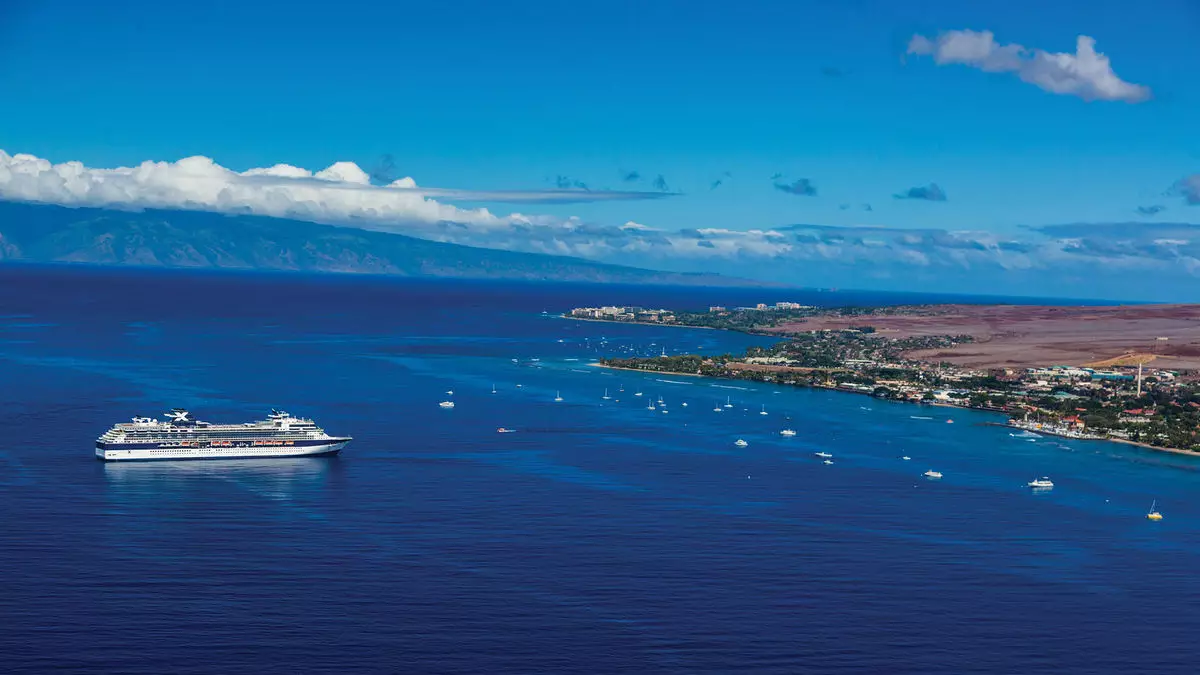Hawaii’s proposal to cut cruise ship visits by half by 2030 and eliminate another 50% by 2035 signals a daring push toward a more sustainable future. This plan reflects a broader recognition that the tourism industry must evolve dramatically if the islands are to address their worsening climate crisis. While critics may argue that such reductions could harm local economies dependent on cruise tourism, the overarching message is clear: Hawaii is willing to prioritize environmental resilience over short-term economic gains. This stance demonstrates leadership in an era where climate policies are often hindered by economic interests. By setting these formidable benchmarks, Hawaii not only acknowledges the severity of climate change but also asserts its right to control its marine environment and preserve its natural beauty for future generations.
Strategic Flexibility and Industry Challenges
Despite the aggressive targets, the plan surprisingly leaves a door open for industry adaptation. It emphasizes that cruise lines operating ships powered by cleaner fuels or equipped to use shore power could influence the state’s approach. Currently, the cruise industry’s slow adoption of environmentally friendly technology represents a significant obstacle. Norwegian Cruise Line’s Pride of America, the only large vessel homeported in Hawaii, exemplifies this resistance to change. Without widespread industry commitment to sustainable fuels or shore-powered ships, Hawaii’s ambitious goals risk remaining out of reach. The state’s willingness to be flexible suggests a pragmatic approach: policy and industry must co-evolve, with Hawaii encouraging innovation rather than imposing rigid restrictions. The hope is that as cruise lines face increasing pressure for environmental compliance globally, they will retrofit or redesign their fleets to meet Hawaii’s standards.
Environmental Imperatives and Hawaii’s Unique Vulnerability
What makes Hawaii’s stance particularly compelling is its recognition of the urgent environmental challenges it faces. The islands are not just a paradise for tourists—they are a fragile ecosystem threatened by rising seas, wildfires, droughts, and increasingly severe storms. These climate risks threaten the very foundation of Hawaii’s identity and economy, making sustainable transportation not just an eco-friendly choice but a necessity. The draft plan paints a vivid picture of an island chain needing to bolster its energy security and community resilience amid these threats. Reducing emissions from marine transportation is a critical piece of this larger puzzle. Hawaii’s proactive approach demonstrates that local policies can serve as powerful catalysts for change, inspiring other regions to rethink their environmental impact and place sustainability at the forefront of economic development.
Rethinking Tourism: Prioritizing Long-term Prosperity
This bold initiative signals a shift in how Hawaii perceives its future. Instead of chasing fleeting tourism numbers, the islands appear committed to a more mindful, sustainable form of growth. The plan implicitly challenges the notion that economic prosperity is incompatible with environmental health. By focusing on reducing emissions from cruise ships and fostering innovation, Hawaii aims to redefine what responsible tourism looks like. It’s an invitation to the industry, and the world, that the true value of a destination lies in its natural integrity and resilience. This vision requires courage and unwavering conviction—a stance that says Hawaii will prioritize its environment and people over short-lived gains, forging a sustainable path that others can emulate.

